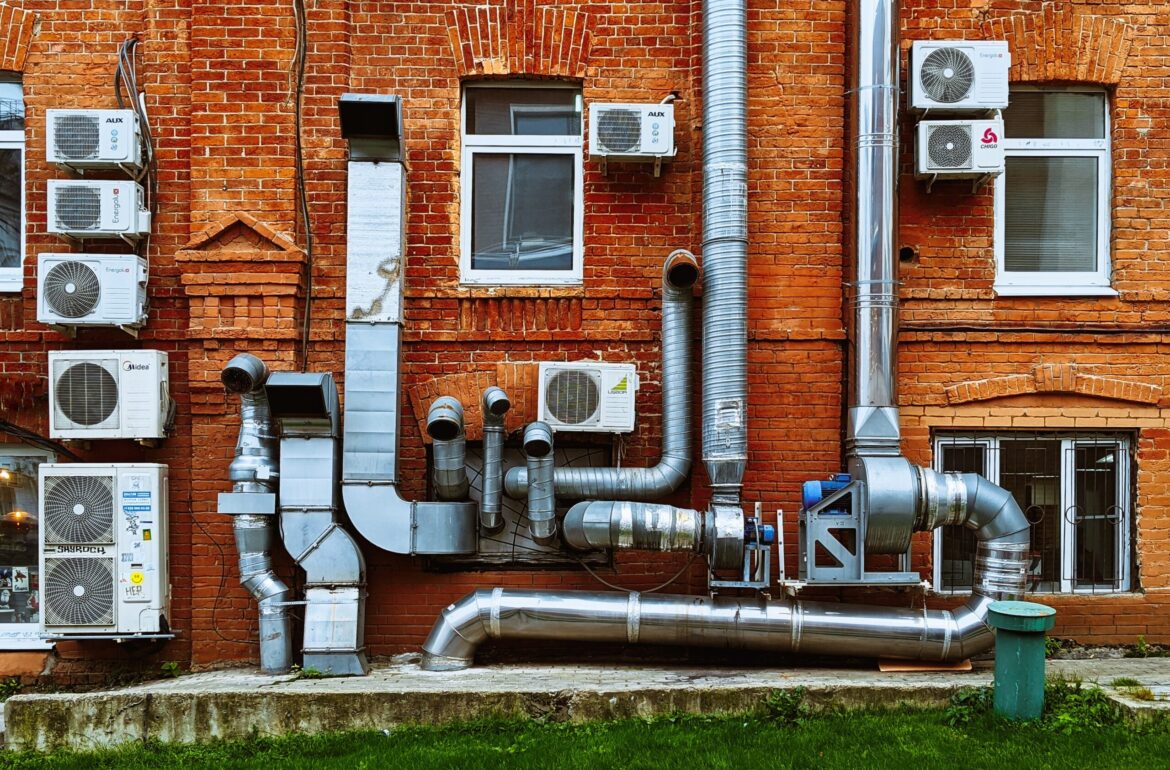Last year, the World Health Organization informed that the virus spreads through the air. Now, a new method for ventilation design has been developed, which will allow more people to remain indoors, even during a pandemic, and is led by Estonian researchers Jarek Kurnitski and Martin Kiil.
However, there is still some time to go until a new kind of ventilation system can be engineered. “This is a serious change in paradigm. The scientific article is only the first step,” says academic and Tallinn University of Technology Professor Jarek Kurnitski, lifting the veil of secrets from his latest research, which can be read about in detail in the journal Building and Environment.
Make clean indoor air a basic right!
Today, we face a situation in which the ventilation system in most buildings is not meant for restricting pathogens which spread through the air because the latter have not been something which people fear in modern times – until the beginning of the COVID-19 pandemic. So, ventilation engineering has knowingly been limited to simply to perceived air quality and comfortable air requirements – so that there would not be any human-based or material odours and that the air would not be stuffy. Although, the correlation between ventilation and short term sick leave days has been known for a long time, which means that ventilation is not only useful for COVID but also for the common cold, it has not yet been applied to ventilation engineering.
It took centuries for mankind to understand the importance of hygiene, and to realise how important it is, for example, to use clean water, wash hands, sterilise dirty items, or avoid contact with the ill to prevent diseases or during recovery. The importance of air quality has begun to receive recognition under the influence of the COVID pandemic.
This is why, according to Kurnitski, there is a need for a change in paradigm, to demand that buildings be designed in a way in which infections that spread through the air are minimised, as occurs with clean water and outdoor air preservation around the world.

What does the new method mean?
The researchers, who are participating in the Kurnitski, Kiil et al project, claim that the existing information regarding COVID-19 shows that the spread is connected to either the close contact between people or a lack of ventilation in crowded places. The latter is supported by cases in which the infection was received in the opposite side of the room and the ventilation was only 1 to 2 l/s (litres per second) per person. That is 5 to 10 times lower than the 10 l/s per person that is required by existing standards, which in itself raises the question of how much ventilation is needed to significantly reduce the transmission of SARS-CoV-2 through the air. The size of the room, the amount of people, and the air movement by air distribution across the room must also be taken into account.
Kurnitski, alongside the research project team suggest a new method in order to calculate the ventilation rate of outdoor air, which allows assigning adequate ventilation indoors for the given infection-risk level. They also propose using this method in future ventilation standards to supplement existing ventilation criteria which are based solely on perceived air air-quality and removal of pollutants.
The new method allows calculating the necessary ventilation rate based on how much of the virus a person emits in one hour (quanta/h), and the intended infection rate. 1 quanta is the relative pathogen dosage in the case of which there is a 63% likelihood of being infected. Unlike the basic reproduction number, which describes the spread of the epidemic, the method uses an event reproduction number that shows how many people in the room can be infected when a carrier of the virus is present. Due to the possibility of coming into contact with a virus spreader during multiple events, it is suggested to use the event reproduction number value of R=0.5.
The research at hand specifically used the emission rate of SARS-CoV-2 when calculating ventilation need, but this method can also be successfully used for the purpose of hindering the spread of other respiratory viruses.
The new method was tested on rooms in public buildings. It was found that the most important parameter in reducing infection risk was the supply airflow in the entire room per contaminated person, but the amount of people in the room was also important. The category I ventilation rate, which is provided in the indoor climate standard EN 16798-1 suited some, but not all rooms. The required ventilation rates started from approximately 80 l/s per room.
As the large differences made it impossible to provide a simple rule of thumb for the correction of current ventilation rates, Kurnitski alongside the research group, stresses the importance of the new design method in the design of rooms with low risk of infections.
Read more about the research in the article “Respiratory infection risk-based ventilation design method”, which will be published in December 2021 in the journal “Building and Environment”. The team of the research project consisted of academic and Tallinn University of Technology Professor Jarek Kurnitski, along with Martin Kiil, Pawel Wargocki, Atze Boerstra, Olli Seppänen, Bjarne Olesen and Lidia Morawska.
Project funding: COVSG “Target grants aimed at solving the problems caused by the SARS-CoV-2 virus”; COVSG38 “Development of ventilation solutions for reduction of respiratory infections and sizing principles for SARS-CoV-2 virus (1.11.2020−31.12.2021)”
 Back
Back



